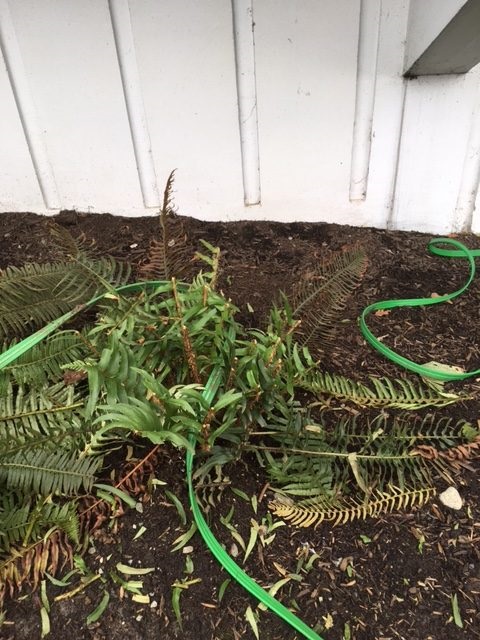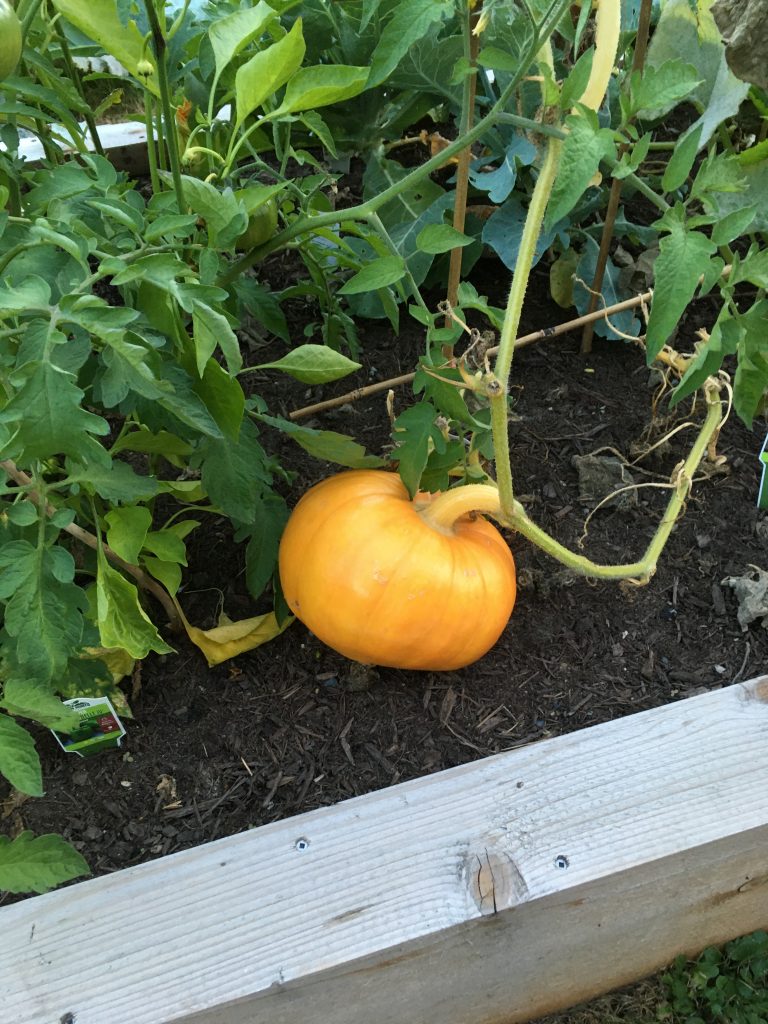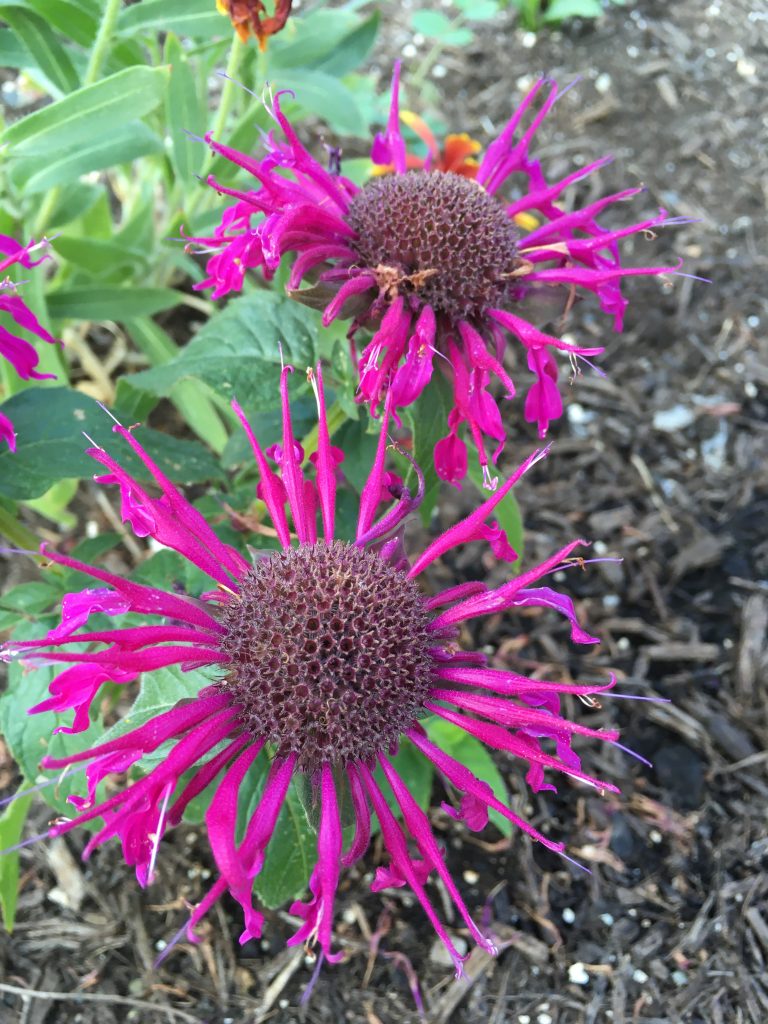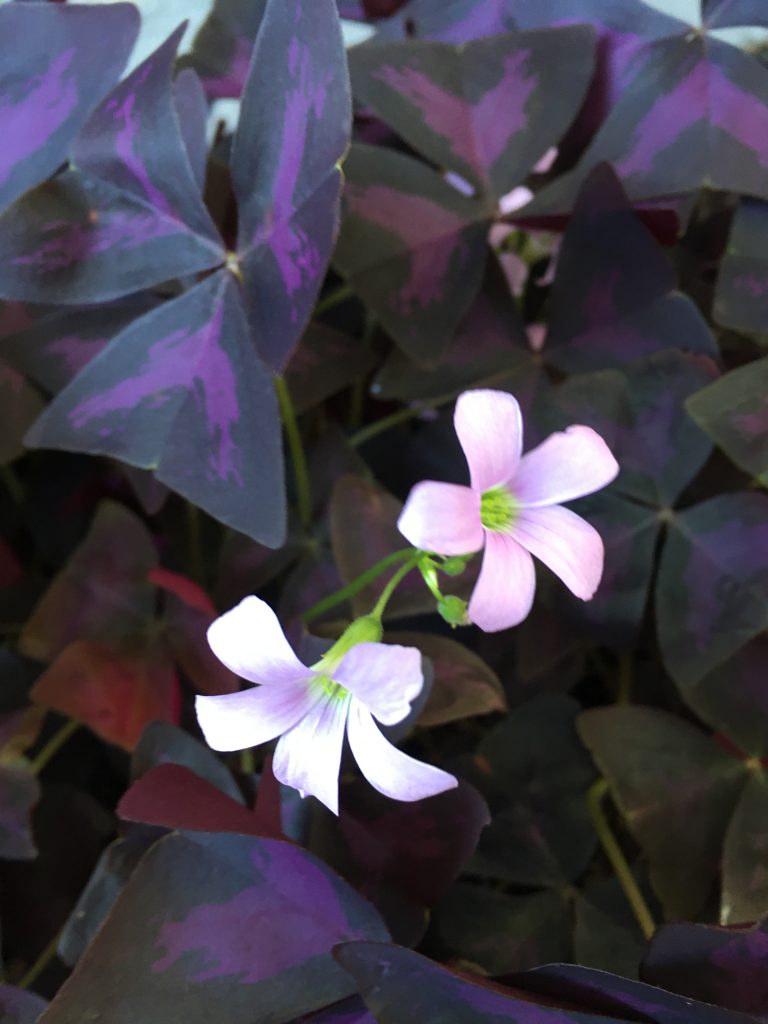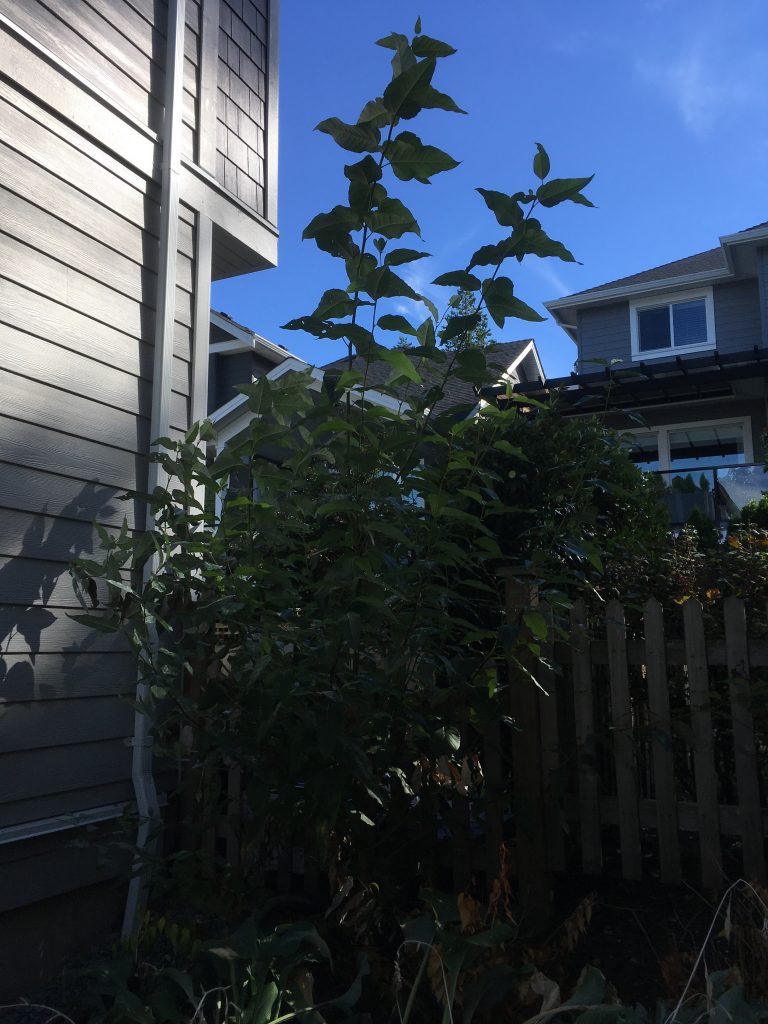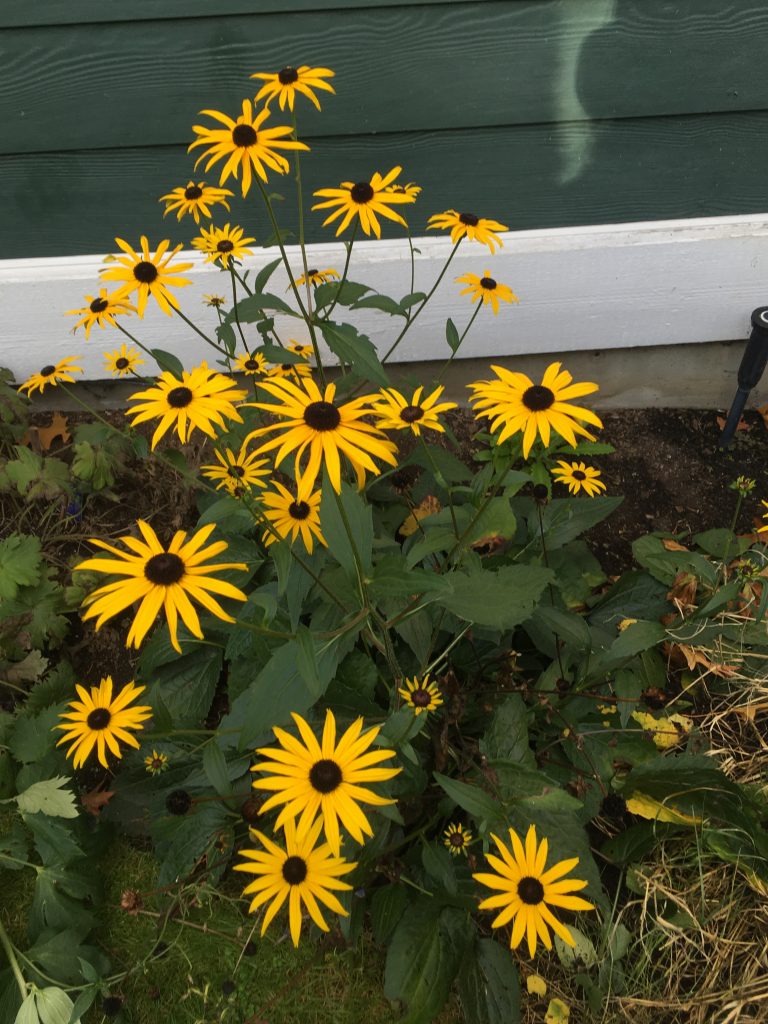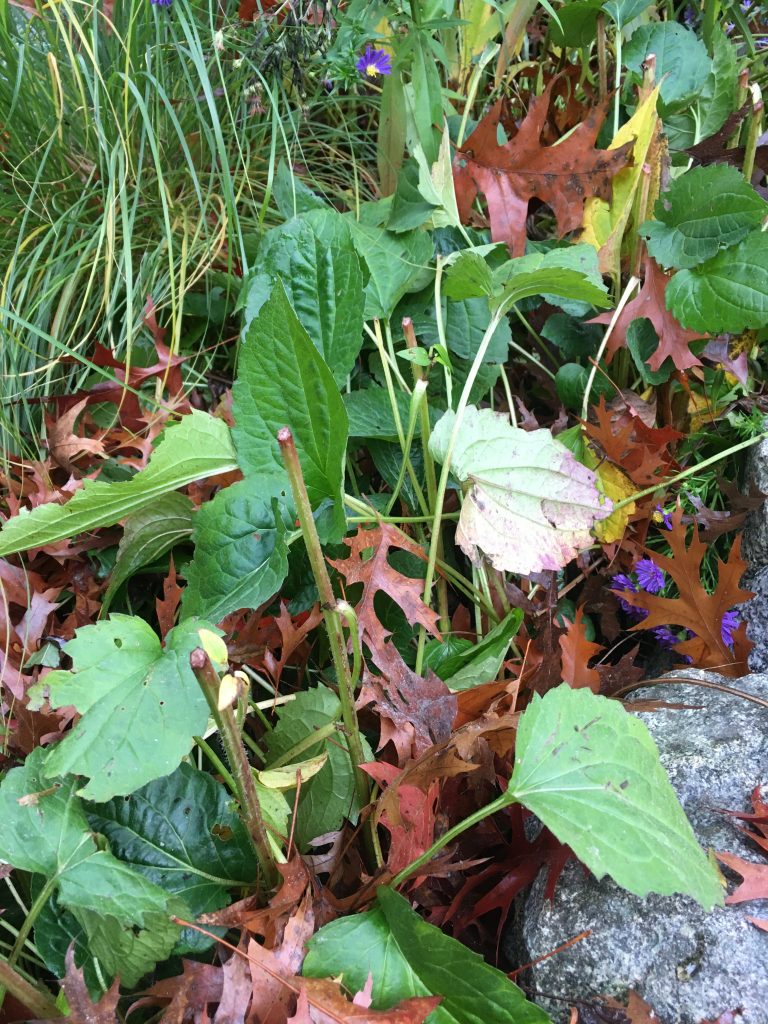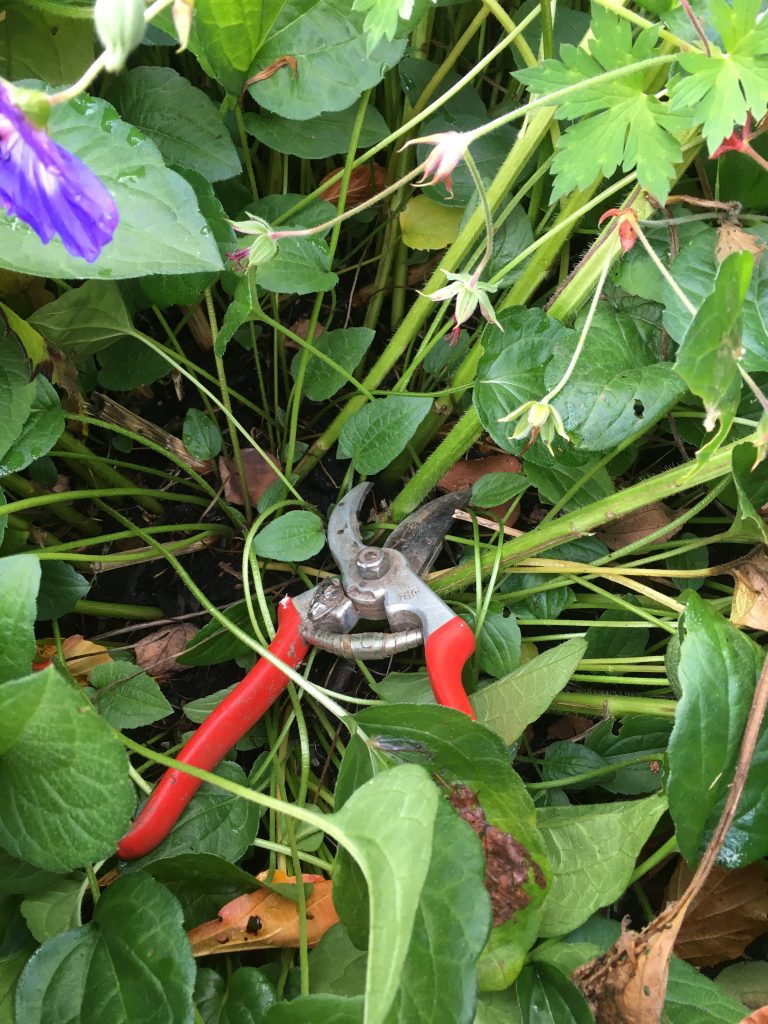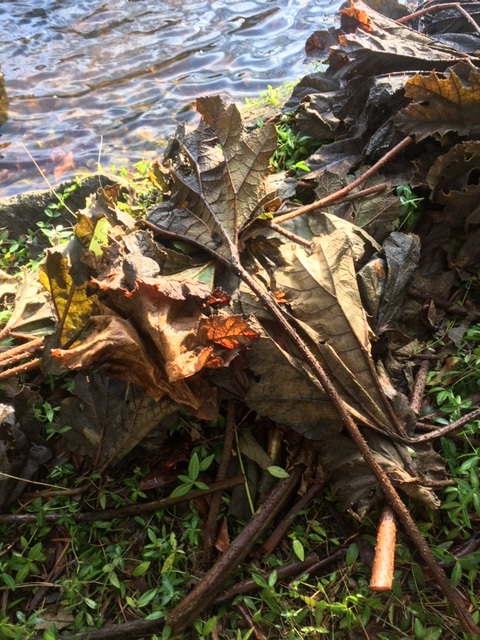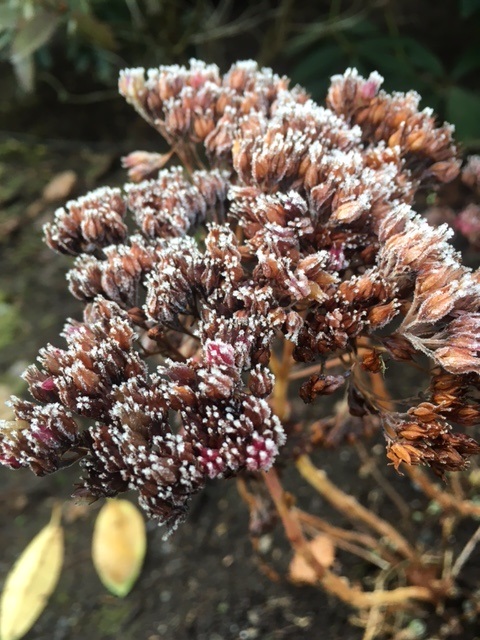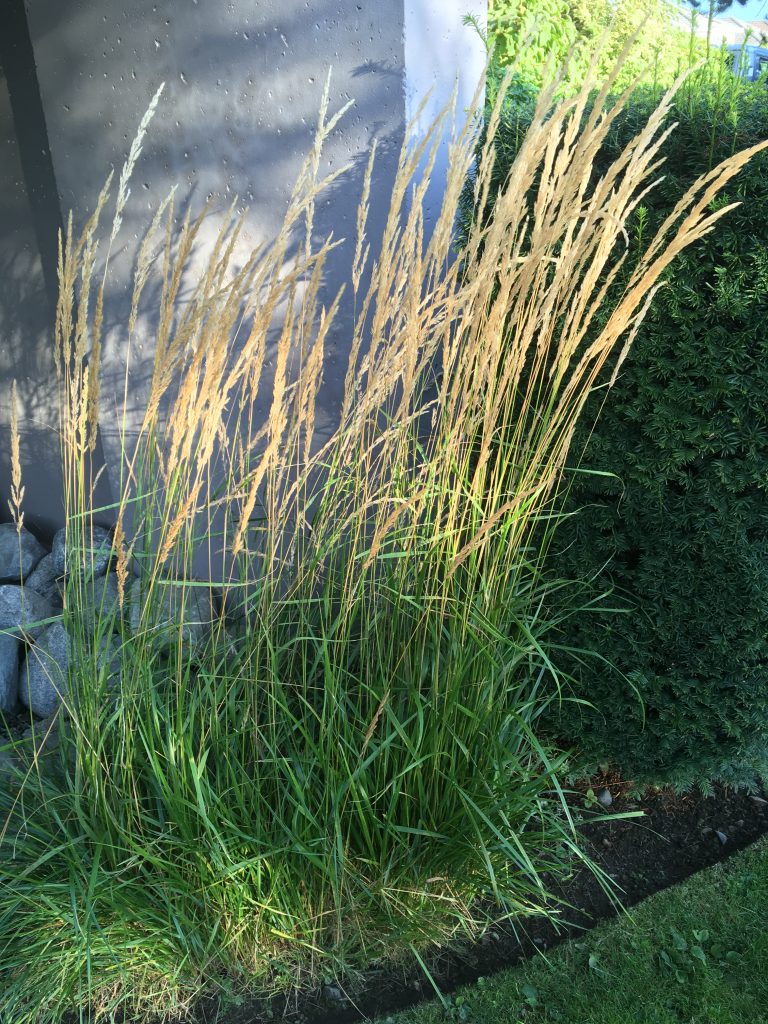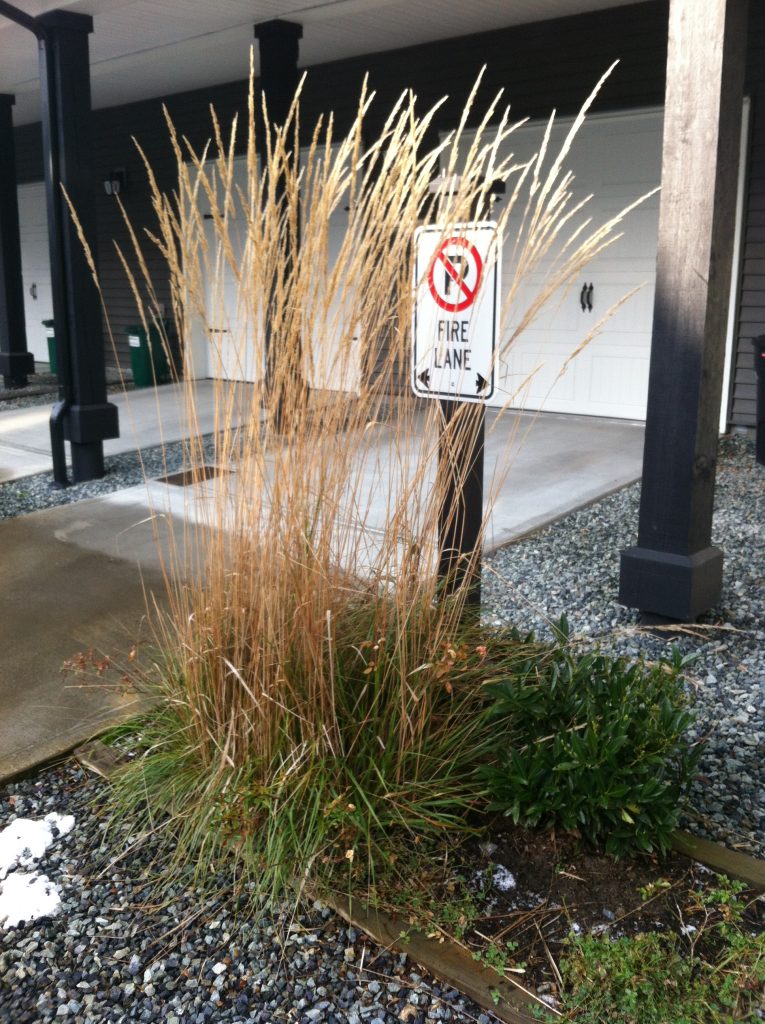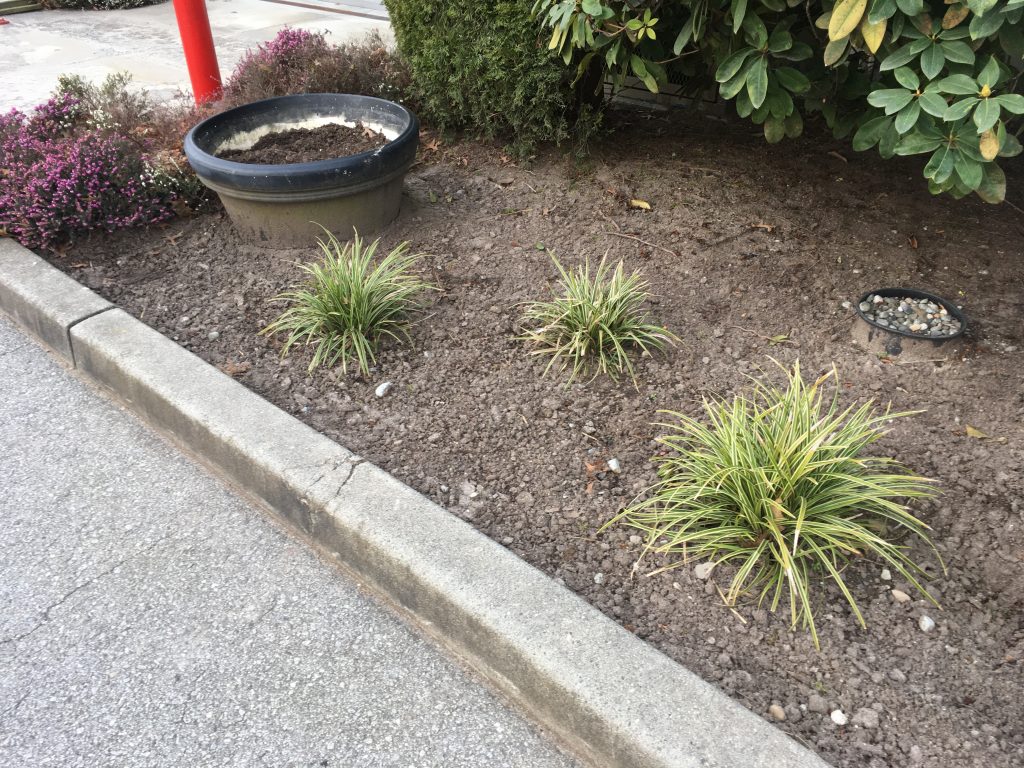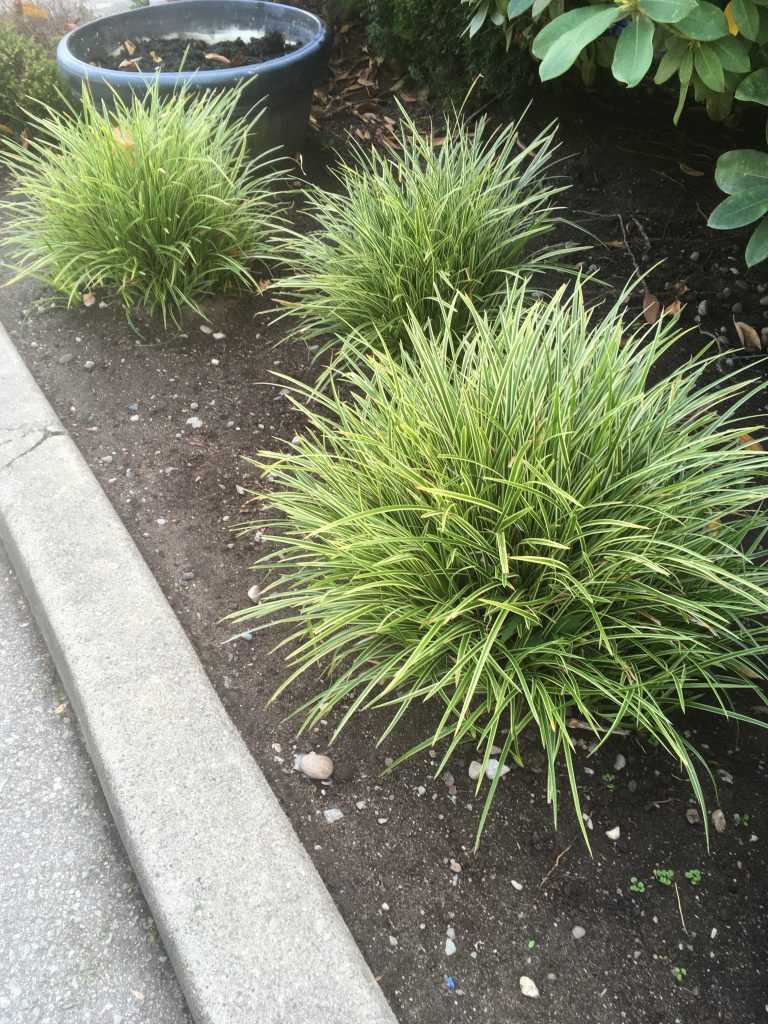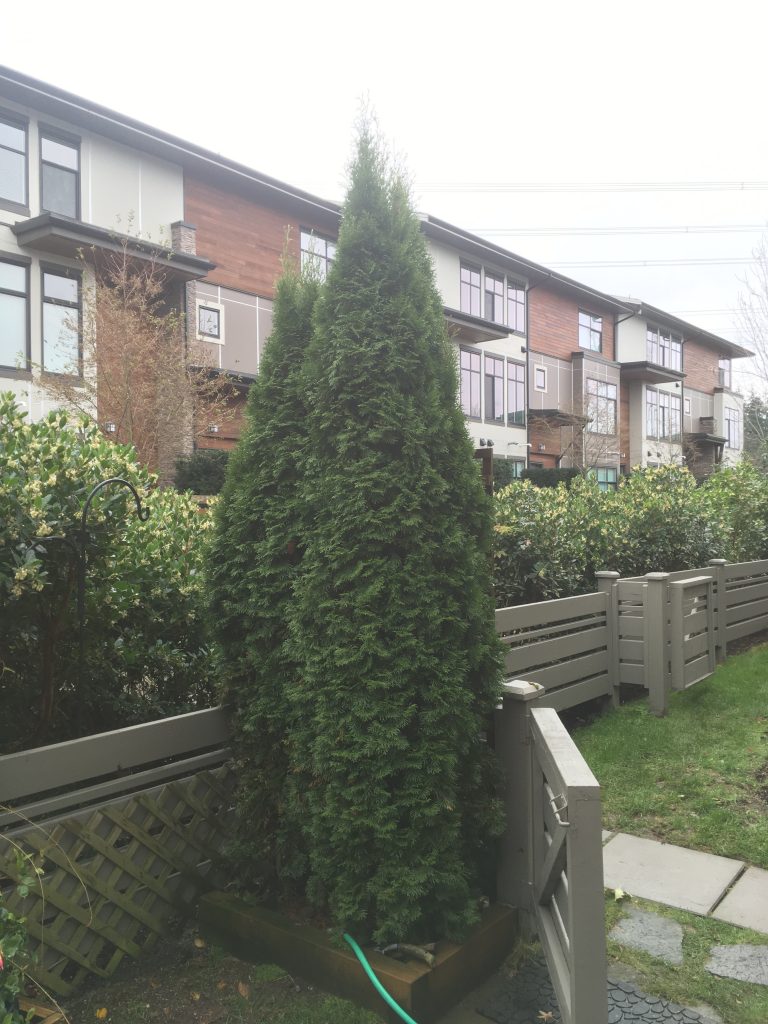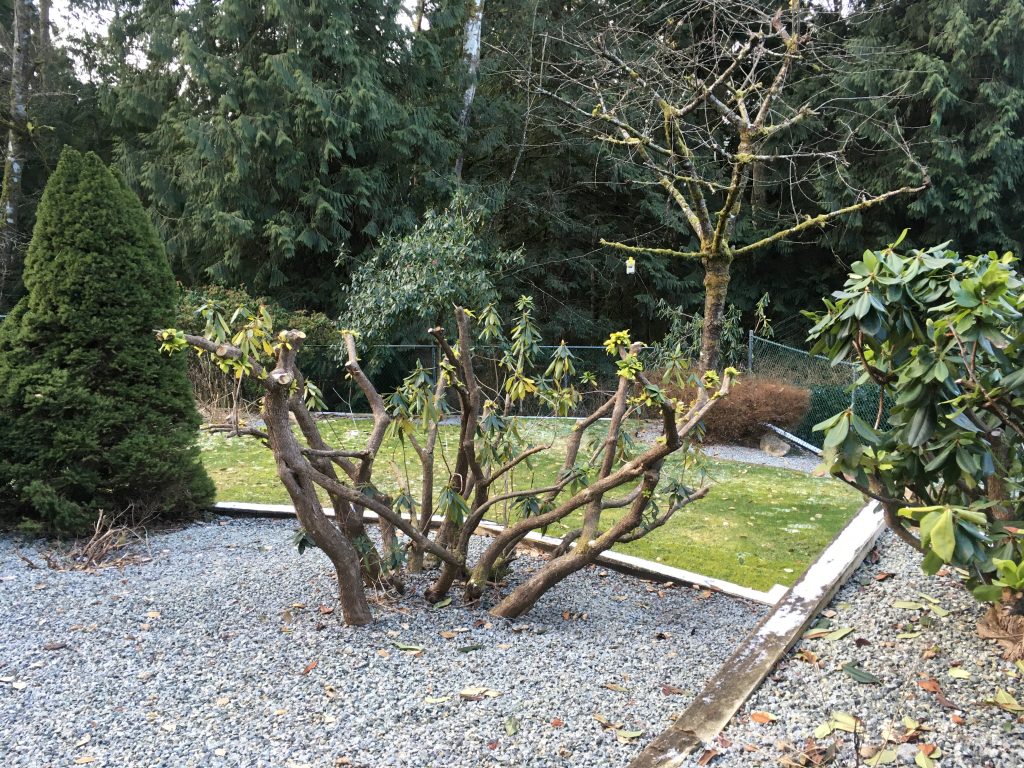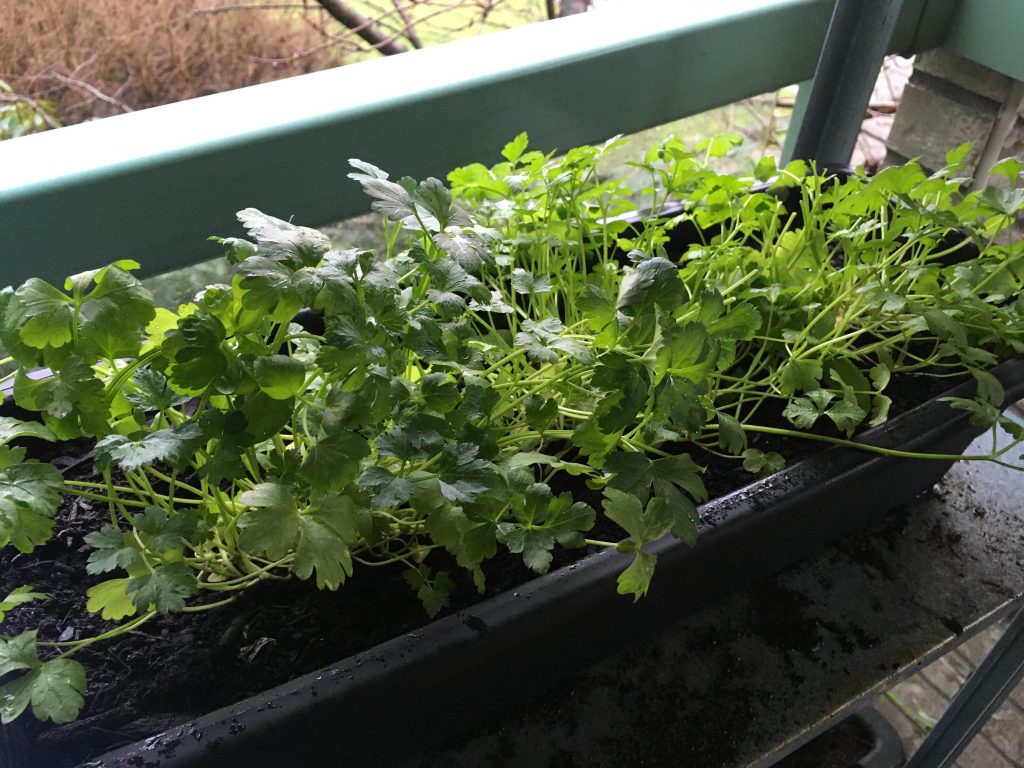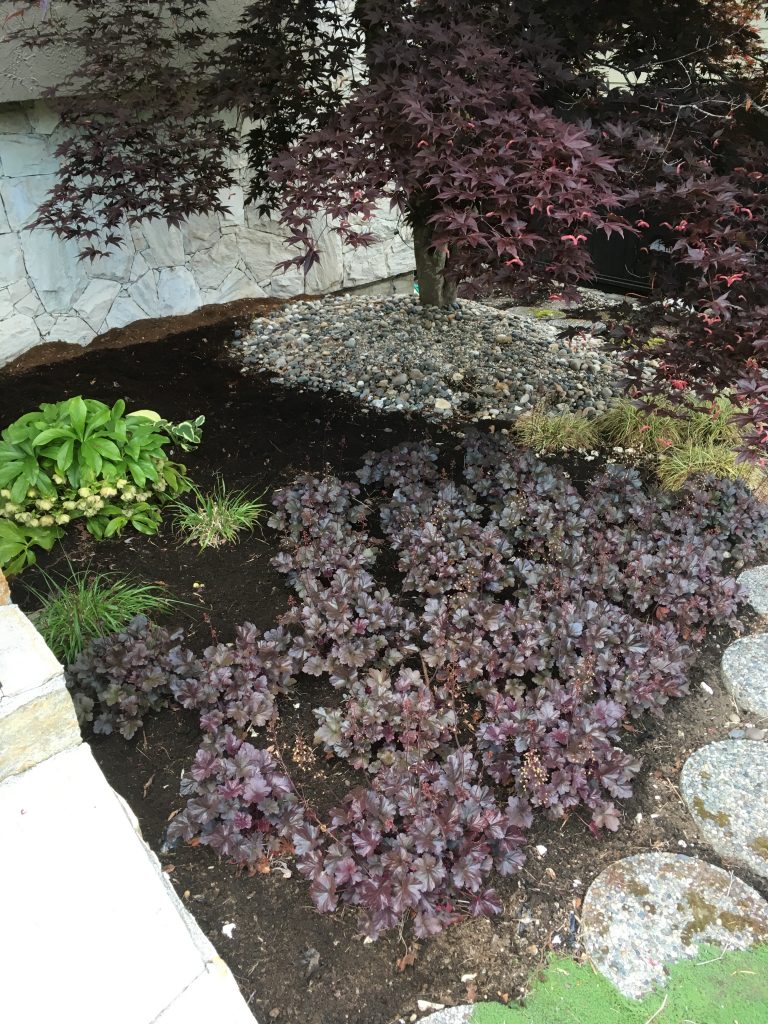Kids!
I love kids! My two teenagers mean the world to me. But let’s be open about this, kids and pandemics are harsh on women’s careers. Since it’s usual for the wife to take care of the kids, her own goals and aspirations must be put on hold.
I mention this because a few weeks ago I met a woman who reinvented herself after her maternity leave as a container gardener. I noticed her older Nissan van before I even saw her and her two employees. The van sported neat green graphics and, it turns out, it wasn’t that expensive. Now she was in business and doing well. Aha!

Good news
It’s been hard to find good news during a continuing global pandemic but this qualifies quite nicely. I love seeing people start green businesses and do well. This lady specializes in container gardening.
On this day, she was decorating one unit for Christmas by changing pots and pimping out a staircase. And she was booked solid.

Pots
All I know about planting pots comes from a one page article from Landscape Management magazine. And it might be all you need to know.
All pots have three main components:
a) There is something imposing or noticeable in the middle, like the star of a show. That’s the thriller and it should thrill you.
b) Trailing from the pot are plants the spill over the sides, thus we call them spillers.
c) The gaps between the thriller and the spiller plants are filled with, you guessed it, fillers.
Now you know the secret to pot planting: thriller, spiller and filler.
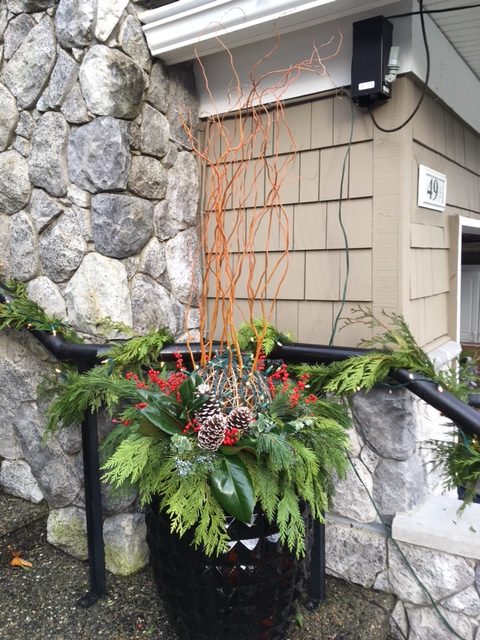
Design
Now, I confess to not having the required imagination for planting design. I could, of course, take a stab at it but I’m not completely sure you’d want to pay my invoice.
People like me stress about pot planting. This happened to me years ago when I worked for the City of Coquitlam parks department. We arrived at a seniors residence late in the day, and the back of the work truck was still full of plants.
So, my city gardener boss sent us out to plant one pot each, freestyle. That would be sweet music for some people but it genuinely frightened me. And, I did it. I stuffed the pot so much, it was dominated by fillers but I doubt anybody noticed. Most of the elderly shuffling unsteadily by only noticed the flowers, not the arrangement.
Hire pros
If you have pots that need some updating, hire a professional like Pamela, the owner of Magnolia Boutique Gardening. Give her a call (778-228-2301) and enjoy a consultation visit with her. She’s extremely nice and patient. The poor woman was trying to get her project completed and I kept on asking her questions.
Visit the company website for more project photos.
2022
Soon we’ll welcome the new year and the pandemic will still be with us. I hope to meet more green professionals like Pamela next year. People who run green businesses successfully. That would cheer me up.


